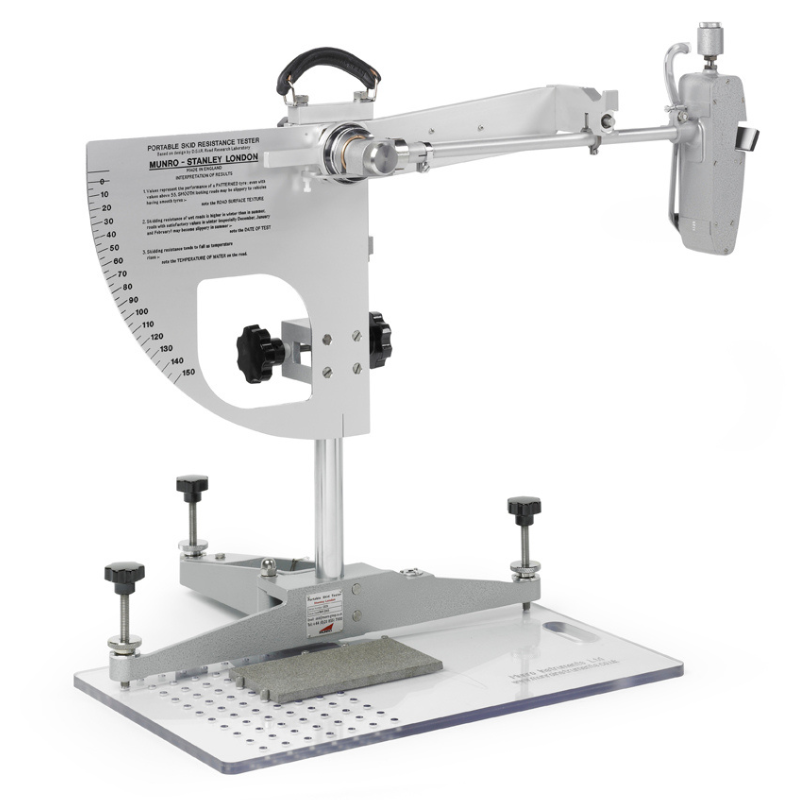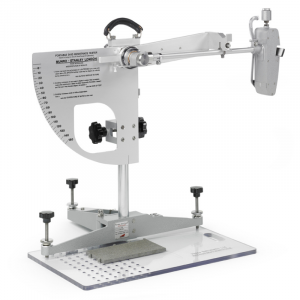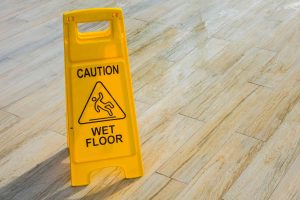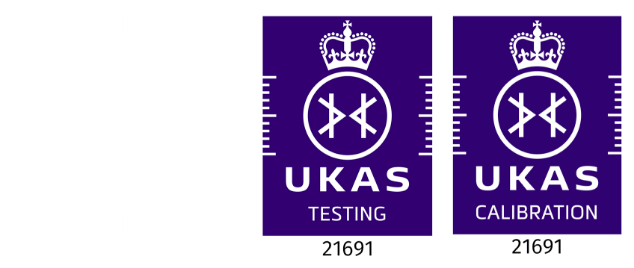Slipping and falling in a public place can be both embarrassing and dangerous. Whether it’s a wet floor in a shopping mall, a poorly maintained sidewalk, or a slippery restaurant entrance, organizations have a responsibility to prevent accidents. One of the most effective ways to ensure floor safety is through slip testing services, particularly using the Pendulum Slip Test.
In this article, we’ll explore what organizations should do when someone falls, how the Pendulum Slip Test works, and why it’s crucial for maintaining safety standards.
What Should an Organization Do After a Slip and Fall?
When a slip and fall accident happens, organizations must act swiftly and responsibly. Here’s a step-by-step guide:
- Offer Immediate Assistance
- Check if the person is injured and call for medical help if necessary.
- Offer first aid if minor injuries are involved.
- Ensure the person feels safe and secure.
- Document the Incident
- Record details such as time, date, location, and weather conditions.
- Take photos of the area where the fall occurred.
- Collect witness statements to understand what happened.
- Report the Incident
- File an official incident report.
- Notify the organization’s safety or risk management team.
- Maintain records for legal and insurance purposes.
- Investigate the Cause
- Assess the condition of the surface where the fall occurred.
- Determine if proper safety measures were in place.
- Identify whether the incident was due to negligence or unforeseen circumstances.
- Implement Preventative Measures
- Conduct slip resistance testing using a Pendulum Slip Test.
- Improve signage, flooring materials, and cleaning procedures.
- Train staff on hazard awareness and safety protocols.
Understanding the Pendulum Slip Test
The Pendulum Slip Test is a widely accepted method for measuring floor slip resistance. It provides an accurate and scientific way to assess whether a surface is safe for pedestrians.
How Does the Pendulum Slip Test Work?
The test uses a swinging arm fitted with a rubber slider that mimics the action of a heel striking the ground. The friction between the surface and the slider determines the Pendulum Test Value (PTV), which categorizes the risk of slipping:
- 0-24 PTV – High slip risk
- 25-35 PTV – Moderate slip risk
- 36+ PTV – Low slip risk (safe surface)
Why Is the Pendulum Slip Test Important?
- Compliance with Safety Regulations – Many countries, including the UK and Australia, recognize the Pendulum Test as the standard for slip resistance assessment.
- Accurate Real-World Results – Unlike other methods, the Pendulum Test simulates actual walking conditions.
- Prevention of Legal Claims – Businesses that regularly test their floors can defend themselves against liability claims.
Steps Organizations Should Take to Ensure Floor Safety
- Regular Slip Testing
Conduct scheduled Pendulum Slip Tests to monitor floor conditions. Testing should be done in:
- High footfall areas
- Locations with changing weather exposure
- Areas prone to spills (restaurants, supermarkets, hospitals)
- Use Anti-Slip Treatments
Based on Pendulum Test results, apply solutions such as:
- Anti-slip coatings
- Textured flooring materials
- Improved drainage systems
- Improve Cleaning Procedures
- Train staff on proper floor cleaning techniques.
- Use slip-resistant cleaning agents.
- Ensure warning signs are placed whenever floors are wet.
- Conduct Employee Training
- Educate staff on recognizing and reporting slip hazards.
- Implement safety drills and awareness programs.
- Ensure employees wear appropriate footwear in workplaces with high slip risks.









